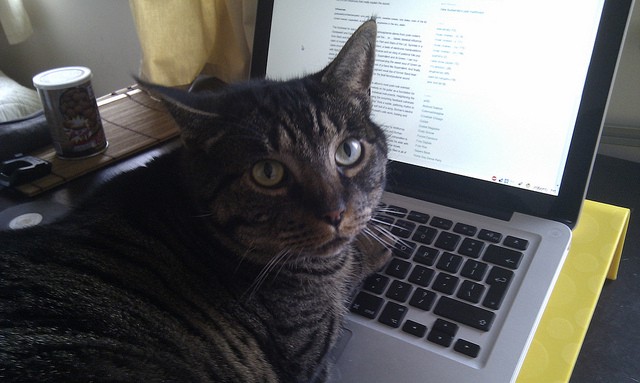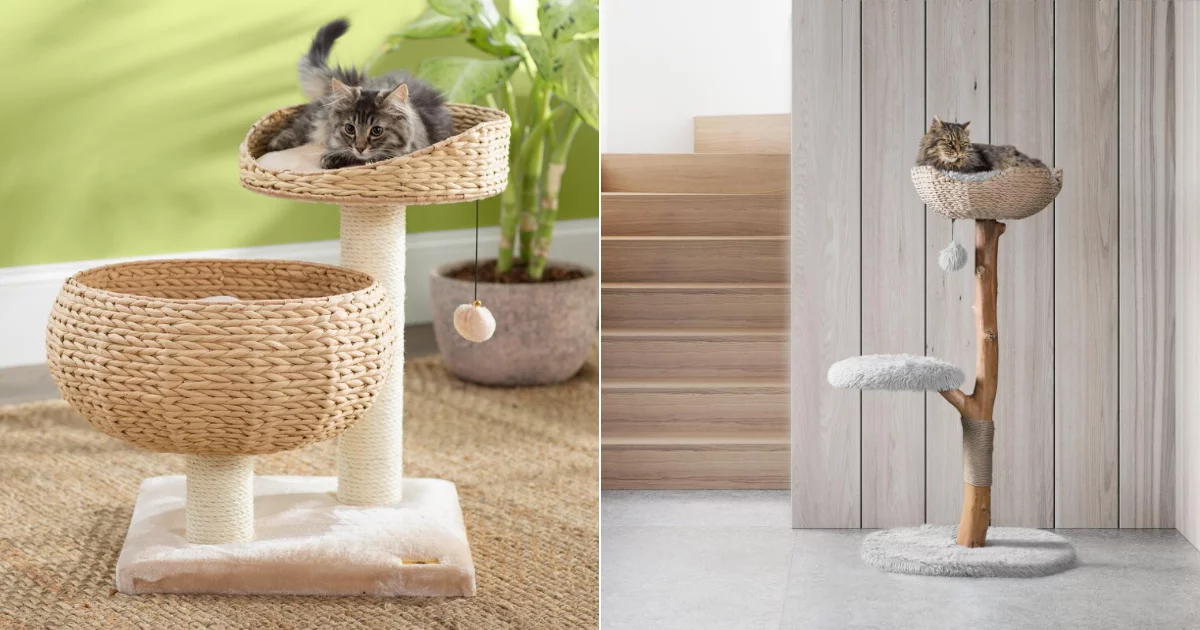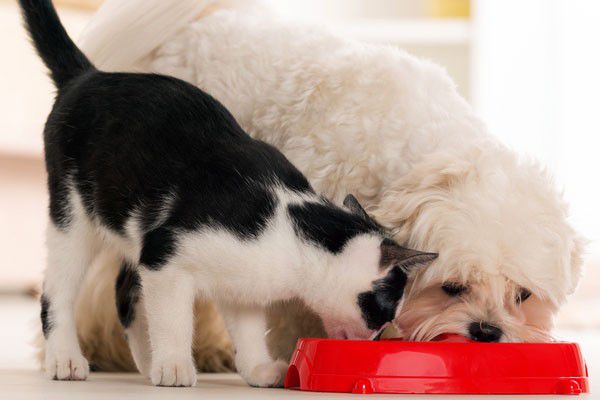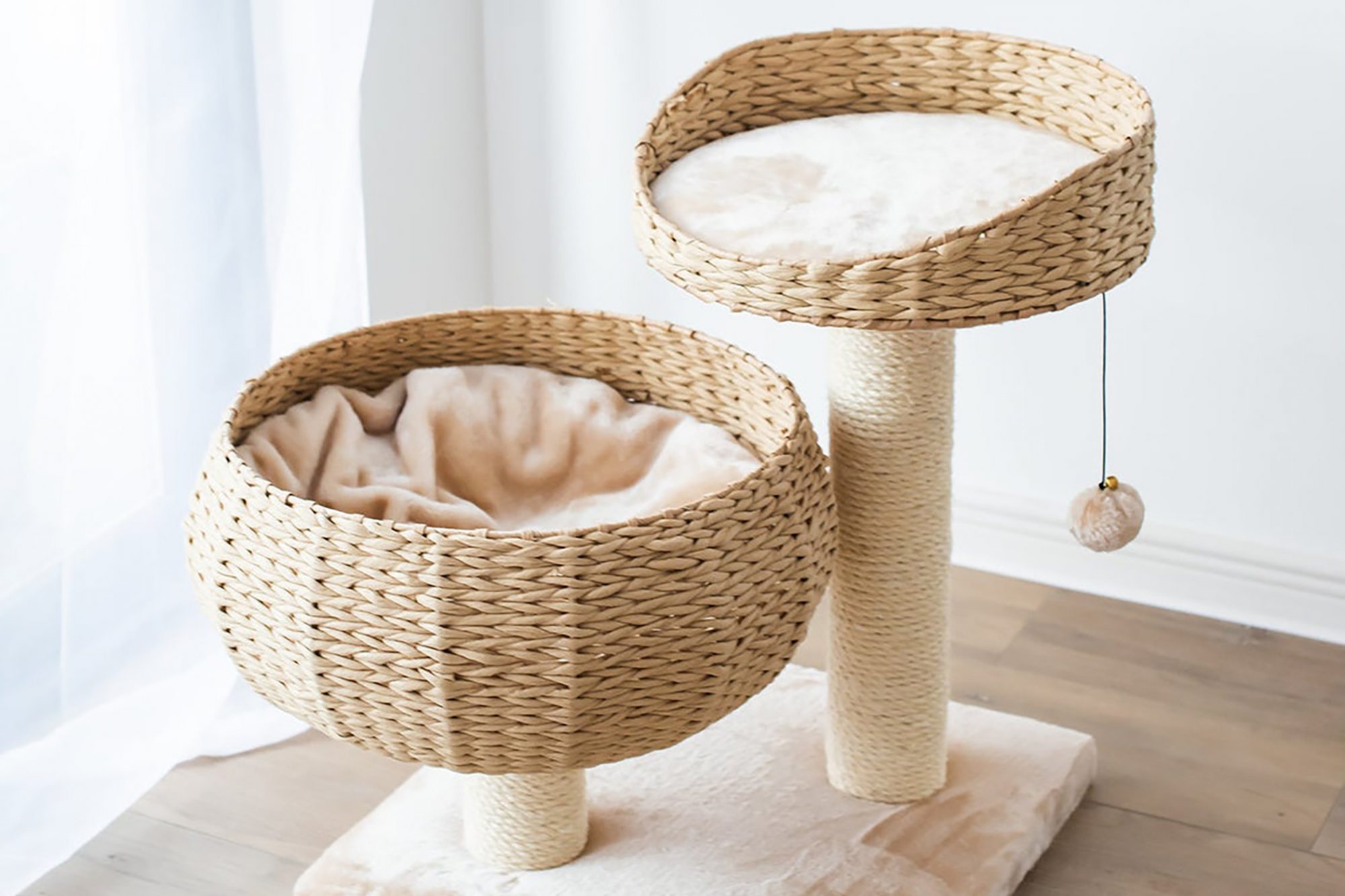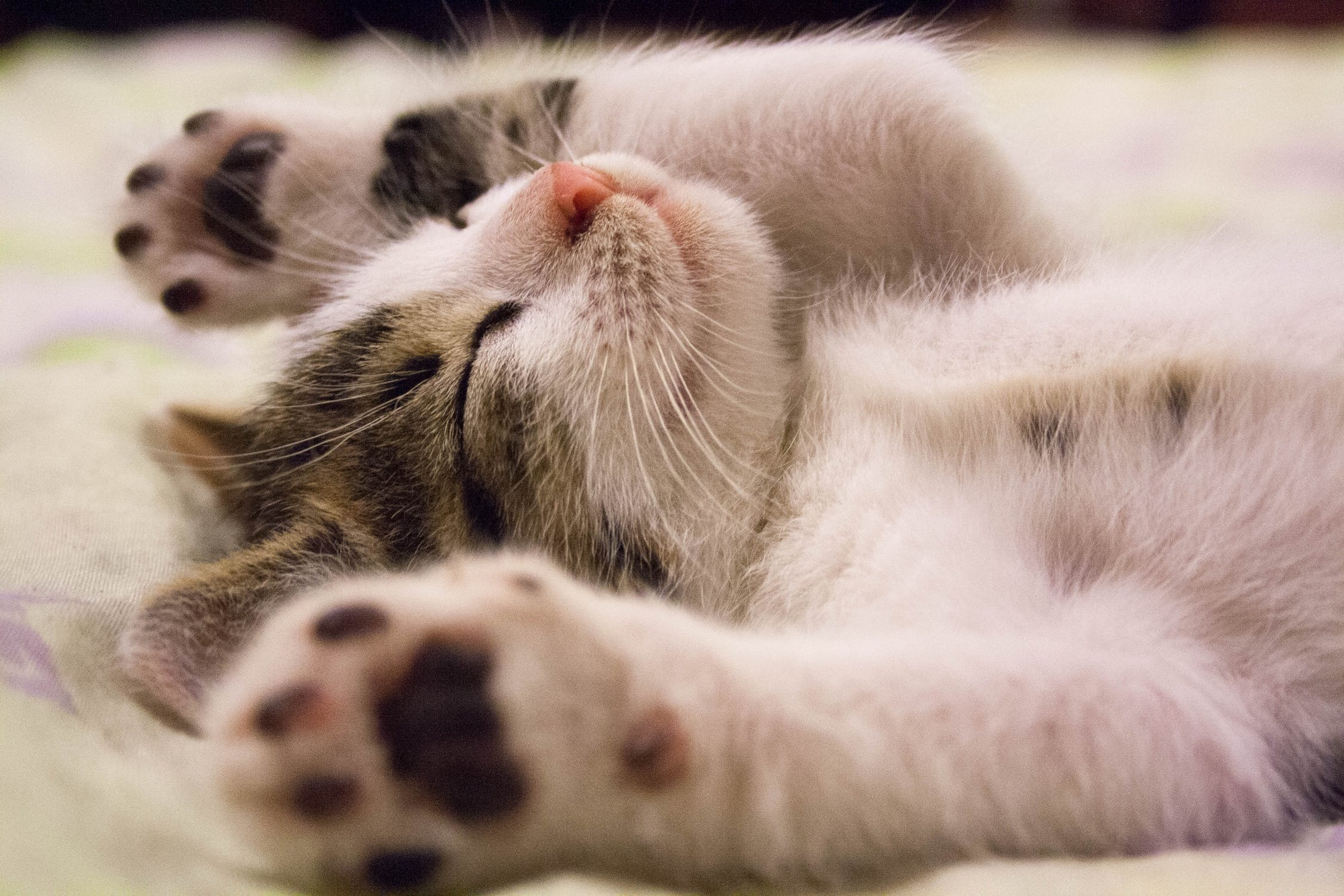I want to draw a cat for you is an online business owned by Steve Gadlin where customers can purchase custom drawings of stick figure cats that Gadlin draws to the customer’s specifications.
Gadlin first came up with this idea in 2011 after he pitched it on Shark Tank. His idea was to create a platform where people could create elaborate scenarios and then have Gadlin draw them whichever way they wanted.
How to Draw a Cat
Cats are a loyal and intuitive creature that provide excellent artistic inspiration. They can come in a variety of breeds and features, but they always have character. A great cat drawing will reflect that personality through gesture and facial features.
Whether you’re creating a simple cartoon cat or a more realistic pet portrait, this tutorial will help you draw any kind of feline in no time at all! First, you’ll need to sketch out a basic outline. Then, you’ll add details to your drawing to make it look realistic.
To start with, you’ll need to get a feel for your cat’s body. This will help you know where to put the various parts of the cat’s anatomy, such as its head and neck, spine, legs, and tail.
Next, you’ll need to draw a rough outline of the cat’s body. This will also help you know where to place the paws and tail.
When you’re done with the body, it’s time to draw the cat’s face and ears. The eyes should be slightly above the top of the cat’s head, while the nose and mouth should be drawn underneath it.
If you want to make your cat’s eyes stand out, try using different colors for the pupils. This will help the eyes look more realistic.
You can also use a few different color combinations to give your cat a more cartoony look. You can even add stripes or spots to the cat’s fur, if you’d like.
When you’re finished with your drawing, you’ll need to erase the outlines and color in your cat. This can be done with crayons, markers, or watercolors. You can also use darker colors to shade your cat and make it look more realistic.
Head
A cat’s head is one of the most important parts of their body. It is where they are able to express their personality. In addition, it is where they can show their love for their owners through head bumping, or butting.
The head is also where the eyes are located on a cat’s face. The eyes of a cat are amazing, and they have some very unique abilities to see.
To start off, draw a rounded oval shape for the cat’s head outline. Next, draw two circles for the eyes.
Once you have completed the eyes, add a nose by drawing a small horizontal oval shape and attaching it to the bottom of the oval.
For the mouth, draw a U-shape that points upwards to form the lower jaw of the cat.
Lastly, draw a tongue that will be similar to the illustration.
This step will be a bit more complicated, but it will help to make the cat look like it has some personality. The ears are a very simple shape, but they can be drawn in a variety of ways.
The ear can be erect, or they can be twisted, or down, as in pointing toward the ground. It is a good idea to draw the ears with short uneven strokes, to make them look more furry.
You will also need to draw some lines to indicate the tufts of fur on the cat’s cheeks. This will be a lot easier to do when you draw the ear shapes in the previous step.
The head is very important for a cat’s personality, so it is necessary to be careful in its design. It is also important to pay attention to its size, so that it looks proportional to its body. It is also a good idea to draw the head in a cartoon style, so that it can be easily colored later on.
Body
Cats have a unique skeletal structure. It combines many connected geometric shapes that creates an interesting structure.
The skeleton is composed of skull, ribcage and pelvis. It also includes the tarsus bone in the back leg, which plays a big role in how cats’ legs are shaped.
This structure makes it very important to study the skeletal anatomy of a cat before you draw it, to make sure that your drawing is accurate. You can find many anatomically correct skeletons online, but you will need to analyze and observe their proportions in order to get a good sense of how the body parts fit together.
After you have an idea of how the skeleton is structured, you can start to sketch the muscles. It’s a little trickier than drawing a skeleton, because muscles need to be positioned differently on the page.
To begin, you need to draw a small circle for the head and a larger one below that to outline the body. Then, you need to connect the circles with lines.
Then, draw two large ovals overlapping the body for the front legs and a pair of smaller ones a little higher up for the back legs. Adding these ovals will help you get the right shape for your cat.
You can then use a ruler and marker to draw a grid on the paper, and then fill each square with the same lines as you see in the reference image. Once you’re done, color the cat with pencils or markers to make it look realistic!
After you’ve completed your sketch, you can begin to add the fur and skin layers. This can be a fun part of the process because it’s a great way to experiment with different textures.
Legs
Cats have four legs: two in the front and two in the back. They also have a special joint on each back limb, which is more like a human elbow than a knee.
These joints are designed to allow cats to move quickly, jump high, and run very fast. However, they are not meant to support the cat’s weight and are not as strong as the ones on their front paws.
The front paws are used to grasp the cat’s prey, as well as to kick and scratch at it. They are retractile, meaning the claws can be moved out of a sheath when the cat is not using them.
Each paw has five toes, with the last toe-joint not touching the ground. The claws are very long and curved, making them perfect for clawing at their prey’s bones.
Cats also have a number of sensory organs, including whiskers. These help the cat to track its prey, even when the cat can’t see it as clearly as it would otherwise.
Leg whiskers are on the underside of each of a cat’s front paws, and they provide important information about the objects within their grasp. This is particularly useful when a cat is hunting, as it gives them crucial information about their prey’s position and movements.
Cats also have whiskers on the back of each paw, which are known as carpal whiskers. These help the cat to provide critical information about the object that is within its grasp, so it can properly attack and kill its prey.
Tail
Cats have an incredibly versatile tail that enables them to balance, maneuver, and communicate in a wide variety of situations. It also serves as a physical and psychological deterrent for predators.
The tail is actually part of a cat’s spinal column and is made up of small bones that gradually get smaller from the base to the tip of the tail. It is then held together by ligaments and tendons with muscles further supporting the structure.
It also contains nerves that run throughout the entire length of the tail, which helps your cat pick up information from the environment and allows them to feel what is happening in real time. As with the rest of their body, your cat’s brain determines what action they want their tail to take and sends signals through the nerves to the muscles that control it.
Your cat’s tail is made up of a series of bones known as vertebrae, which are the same type of bones that make up a spinal column. These bones are joined together by ligaments and tendons to form a flexible and very powerful tail that gives your cat the ability to perform a wide range of movements.
These bones are then connected by a network of nerves that are able to communicate with the central nervous system, which is located in your cat’s brain, and the sympathetic nervous system, which is responsible for feelings such as stress and fatigue. These nerves then send signals to the muscles that control your cat’s tail, giving them the power to respond in a split second.
If you’re interested in learning how to draw a cat, you’ll need to gather reference photos and familiarize yourself with the anatomy of your subject. This will help you to draw them realistically and in a way that best shows their unique qualities. To know more about “I Want to Draw a Cat For You” just follow us.
Also Read: Cats Love Cake !

